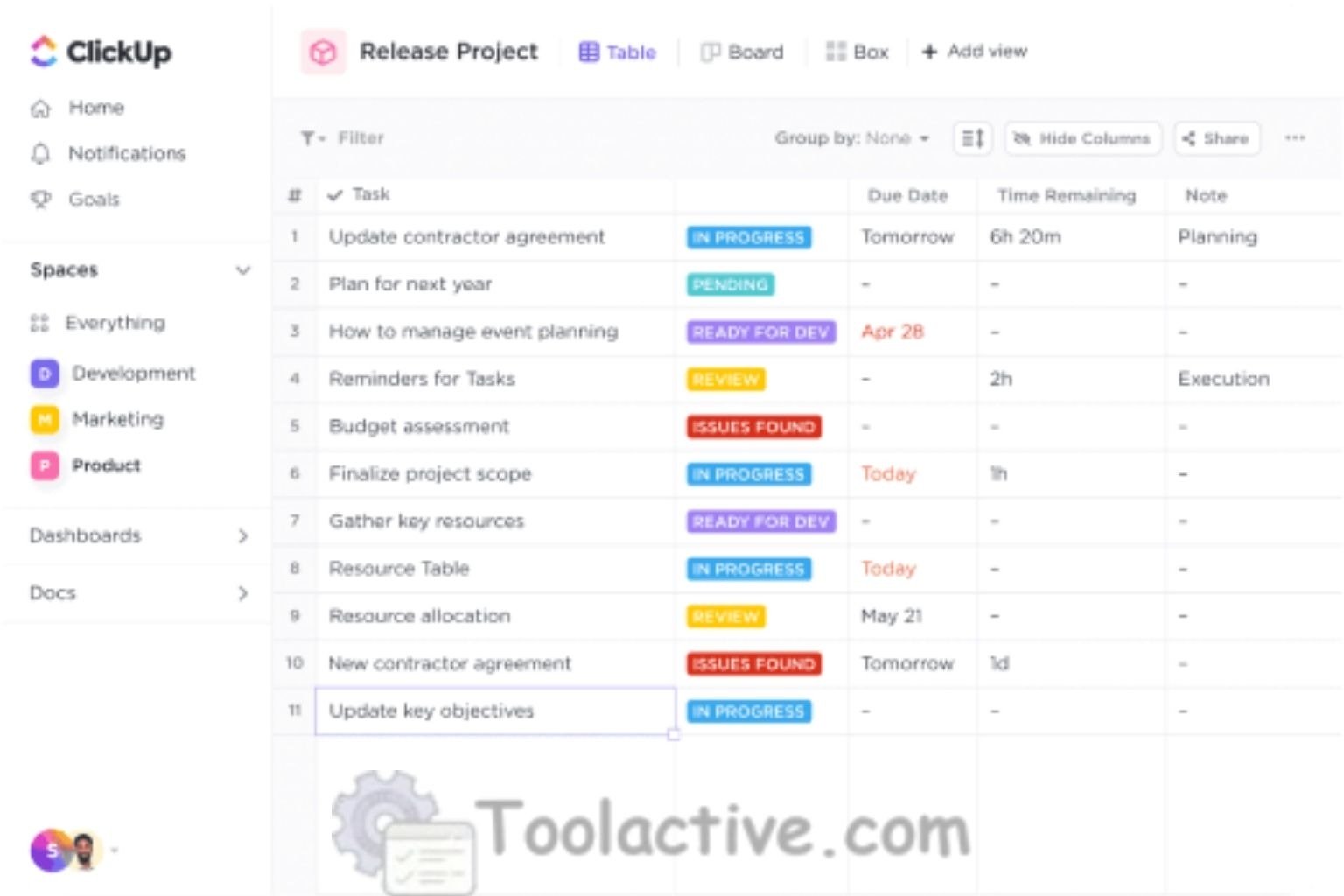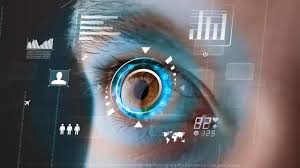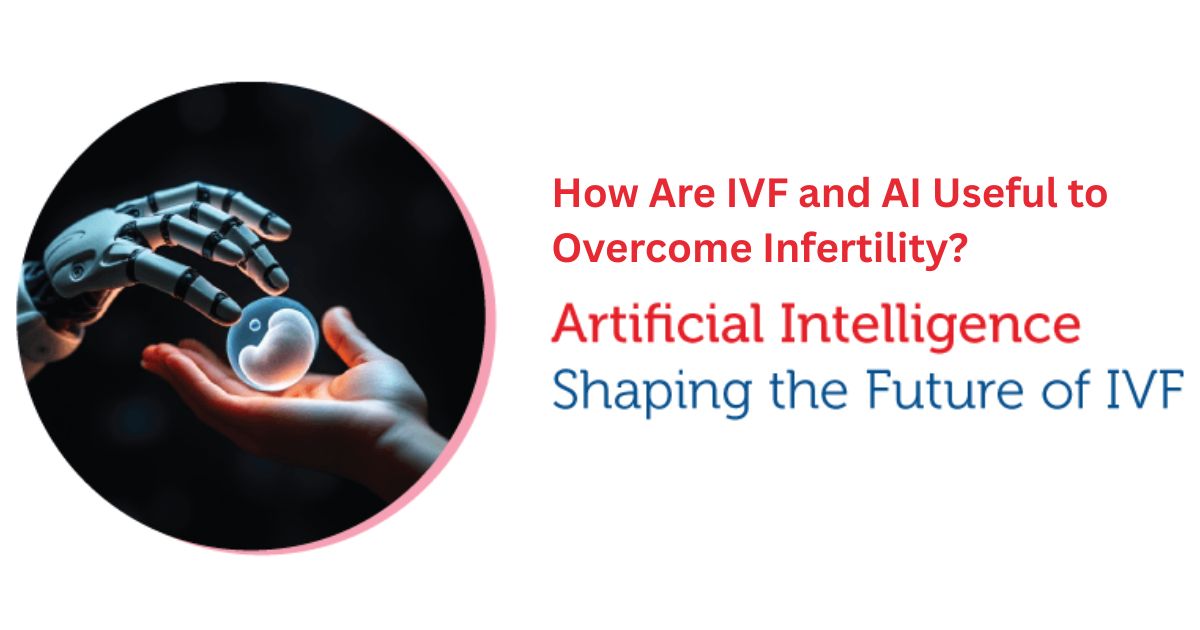Imagine having a digital ally that handles your routine tasks, predicts project challenges, and helps you create, code, or manage with the precision of an entire team. That’s not a fantasy - it’s the reality of today’s top AI software. As technology advances, AI-powered software tools are no longer optional; they’re the secret weapon of every high-performing business and creator.
In this guide, we’ll dive into the best software tools and AI solutions of 2025, showing you exactly how to choose, use, and master them for unstoppable growth.
If you want to explore more automation support tools, you can see the list of software with ai.
1. Introduction: The Rise of AI Software in the Digital Era
The software landscape is evolving faster than ever. In 2025, AI has become the backbone of every efficient workflow - from marketing automation to code generation, from project planning to customer engagement.
Businesses now rely on AI software tools not just to save time, but to make smarter decisions, personalize user experiences, and accelerate innovation. Whether you’re a developer, marketer, or entrepreneur, leveraging AI isn’t about replacing humans - it’s about amplifying what humans do best: creativity, strategy, and execution.

2. Understanding Software Tools and AI Integration
2.1 What Are Software Tools?
Software tools are digital programs that enable professionals to create, manage, and optimize workflows. From design platforms like Figma to project managers like ClickUp, these tools enhance productivity and consistency across tasks.
2.2 What Makes a Tool “AI-Powered”?
AI-powered software integrates machine learning, automation, and natural language processing to anticipate user needs, automate repetitive actions, and generate intelligent insights.
For example:
-
Jasper uses AI to generate marketing content.
-
Notion AI helps summarize and create text instantly.
-
GitHub Copilot suggests code in real time.
The difference lies in intelligence - AI tools learn from data and evolve to deliver more accurate, efficient, and adaptive results.
3. Benefits of Using the Best AI Software Tools
3.1 Productivity & Automation
AI software automates repetitive tasks such as scheduling, data entry, and analytics, freeing up time for strategic work.
3.2 Cost Efficiency
Instead of hiring multiple team members for routine tasks, AI platforms like ChatGPT, Writesonic, or Zapier streamline entire processes at a fraction of the cost.
3.3 Decision-Making & Insights
Data-driven AI software such as Tableau AI and Google Cloud Vertex transforms raw data into actionable intelligence, empowering leaders to make faster, smarter decisions.
3.4 Personalization & Customer Experience
Tools like HubSpot AI or Drift tailor customer experiences based on behavior and preferences - boosting engagement and conversion rates.
4. Top AI Software Tools & Software List 2025
In this section, we’ll explore a curated list of the most powerful AI software tools in 2025, each chosen for its innovation, reliability, and ability to transform your workflow.
4.1 Jasper – The Best AI Content Generator

Overview:
Jasper is an AI writing assistant designed to create blog posts, ad copy, and social media content in seconds. It’s one of the most popular AI tools for marketers, creators, and agencies.
Key Features:
-
Pre-built templates for marketing and SEO.
-
Integration with SurferSEO for optimization.
-
Multi-language support for global teams.
Pros:
✅ Fast and easy content creation.
✅ Excellent tone customization.
✅ Saves hours on writing and editing.
Cons:
❌ Requires a subscription.
❌ May need human editing for nuance.
Best For:
Marketers, content creators, and businesses seeking to automate their copywriting workflows.
4.2 Notion AI – The Best AI Assistant for Productivity

Overview:
Notion AI expands the already-powerful Notion platform into a true digital workspace assistant. It can summarize, generate, and organize text seamlessly.
Key Features:
-
Instant summaries and brainstorming help.
-
Writing and editing suggestions.
-
Task automation within Notion databases.
Pros:
✅ Easy integration into daily workflows.
✅ Enhances clarity and documentation.
✅ Reduces mental load for busy teams.
Cons:
❌ Still limited to Notion’s ecosystem.
Best For:
Teams and freelancers who rely on Notion for content, notes, and project management.
4.3 GitHub Copilot – The Best AI Software for Developers

Overview:
Built on OpenAI’s Codex model, GitHub Copilot acts like a real-time AI pair programmer that suggests entire lines of code or functions as you type.
Key Features:
-
Supports major programming languages.
-
Learns your coding style over time.
-
Integrates directly with Visual Studio Code.
Pros:
✅ Saves hours of coding time.
✅ Reduces syntax errors.
✅ Great for rapid prototyping.
Cons:
❌ Doesn’t replace debugging or logic design.
Best For:
Developers and engineers seeking to boost coding speed and consistency.
4.4 ClickUp – The Best AI Software for Project Management

Overview:
ClickUp combines productivity, collaboration, and automation - now powered by AI. It generates task lists, project summaries, and reports instantly.
Key Features:
-
AI-powered summaries and action item generation.
-
Real-time team collaboration.
-
Deep integration with Slack, Google Drive, and more.
Pros:
✅ Centralized project tracking.
✅ AI insights for better time management.
✅ Great for remote teams.
Cons:
❌ Can be overwhelming for beginners.
Best For:
Agencies, startups, and enterprises managing complex workflows.
4.5 Midjourney – The Best AI Tool for Visual Creators

Overview:
Midjourney leads the AI art revolution by generating stunning, photo-realistic images from text prompts.
Key Features:
-
High-quality visual outputs.
-
Flexible prompt control.
-
Used in design, marketing, and branding.
Pros:
✅ Exceptional creative flexibility.
✅ Rapid image creation for campaigns.
Cons:
❌ Requires practice for perfect prompts.
Best For:
Designers, marketers, and artists seeking fast visual inspiration.
5. Specialized AI Software by Industry
AI software isn’t one-size-fits-all. The most effective tools are built to solve industry-specific challenges - automating workflows, analyzing data, and improving outcomes across every sector.
5.1 AI Software for Marketing
AI marketing tools are revolutionizing how brands engage customers and optimize campaigns. Platforms like HubSpot AI, SurferSEO, and Copy.ai allow marketers to analyze user intent, generate optimized content, and automate personalization.
Key Benefits:
-
Predictive analytics for audience targeting.
-
Automated copywriting and ad generation.
-
Real-time performance tracking and recommendations.
Example Workflow:
A digital marketer can use Jasper to write blog posts, SurferSEO to optimize them, and HubSpot AI to schedule automated email campaigns - all within one connected AI ecosystem.
5.2 AI Software for Developers
Developers use AI software to accelerate the software development life cycle - from writing and testing code to identifying security risks.
Top Tools:
-
GitHub Copilot: Real-time coding suggestions.
-
Tabnine: AI code completion.
-
Snyk AI: Automated vulnerability detection.
-
Postman AI: Streamlines API testing.
Impact:
AI tools reduce repetitive coding tasks, allowing developers to focus on design, logic, and scalability.
5.3 AI Software for Business Operations
For business teams, AI software tools like Monday.com, Airtable AI, and Notion AI simplify project management and data visualization.
Benefits:
-
Generate automatic task summaries.
-
Create smart dashboards with real-time updates.
-
Use AI chat assistants for reporting and forecasting.
Real-World Example:
A logistics company might use Airtable AI to track shipments and ChatGPT Enterprise to summarize daily operations for management - saving hours each day.
5.4 AI Software for Creative Professionals
From copywriting to music and video production, creative professionals are leveraging AI tools like Runway, Synthesia, and Midjourney.
Creative AI Uses:
-
Auto-generate voiceovers and video edits.
-
Convert text into visual storyboards.
-
Use AI for branding, social media, and campaigns.
Why It Matters:
AI helps creators push boundaries, turning ideas into finished visuals or videos in minutes rather than weeks.
6. How to Choose the Best Software Tools for Your Needs
Finding the right AI software starts with identifying what problem you want to solve. Below is a framework that helps professionals make data-driven software decisions.
6.1 Define Your Core Objective
Ask yourself:
-
Are you looking to automate tasks or enhance creativity?
-
Do you need team collaboration or personal productivity?
-
Is your goal speed, accuracy, or cost efficiency?
Once you clarify your objective, shortlist tools that directly align with that mission.
6.2 Evaluate Features and Integration
The best software fits naturally into your workflow. Prioritize tools that integrate easily with your existing stack - like Slack, Google Workspace, Trello, or Zoom.
Tip:
Avoid “shiny tool syndrome.” Focus on solutions that actually enhance productivity rather than adding unnecessary complexity.
6.3 Test the User Experience
The best AI software isn’t just powerful - it’s also intuitive. Choose platforms with strong UX design, clear documentation, and active support communities.
Look for:
✅ Fast onboarding
✅ Clear navigation
✅ Low learning curve
✅ Helpful tutorials or AI onboarding
6.4 Analyze Cost vs. Value
Price shouldn’t be the only factor. Many AI tools offer free tiers, but premium versions provide deeper functionality.
Example:
-
ChatGPT Plus ($20/mo) gives access to GPT-5 capabilities.
-
Notion AI adds automation for $8/mo.
-
Jasper costs more but provides enterprise-level scalability.
Consider ROI (Return on Investment): the time saved, accuracy improved, or conversions gained from automation.
6.5 Prioritize Data Security
Always verify whether the tool meets your company’s privacy standards (e.g., GDPR, SOC 2, ISO 27001). AI tools often handle sensitive data, so choose those with transparent privacy practices.
7. User Persona & Use Cases
To maximize the value of this guide, let’s break down how different professionals can use these tools in real-world settings.
7.1 For Marketers
-
Goal: Create, automate, and personalize campaigns.
-
Recommended Tools: Jasper, SurferSEO, HubSpot AI, Copy.ai.
-
Use Case: Create AI-optimized landing pages, automate email follow-ups, and track performance metrics in real time.
7.2 For Developers
-
Goal: Accelerate coding and testing.
-
Recommended Tools: GitHub Copilot, Snyk AI, Postman AI.
-
Use Case: Automate code completion, detect vulnerabilities, and document APIs faster.
7.3 For Business Executives
-
Goal: Optimize workflow efficiency and decision-making.
-
Recommended Tools: ClickUp AI, Airtable AI, Notion AI.
-
Use Case: AI-powered project summaries, automated reports, and data-driven task management.
7.4 For Designers & Creators
-
Goal: Speed up visual creation and content generation.
-
Recommended Tools: Midjourney, Runway, Synthesia.
-
Use Case: Use text prompts to generate visuals, create brand materials, and edit AI-generated videos.
7.5 For Startups & Entrepreneurs
-
Goal: Scale operations efficiently with minimal resources.
-
Recommended Tools: Zapier, Trello AI, ChatGPT, HubSpot.
-
Use Case: Automate marketing, sales, and support tasks to save time and cost while maintaining customer satisfaction.
If you want to explore more support automation tools, you can check out our list of ai software development tools.
8. Expert Insights & Real-World Experience
(by Jason Miller – Marketing Technology Specialist with 5+ years of hands-on experience)
“Over the past five years, I’ve tested and implemented over 200 software tools across marketing, content creation, and operations. The truth is - not every tool is worth your time. The best AI software doesn’t just automate tasks; it changes the way you think and work.”
Here’s what I’ve learned working with top-performing teams:
8.1 Focus on the 20% of Tools That Deliver 80% of Results
Many companies make the mistake of adopting too many platforms. Instead, master a few key ones that integrate well and align with your business goals.
8.2 AI is a Force Multiplier, Not a Replacement
AI is meant to assist you - not replace creativity or strategy. A good tool amplifies your ideas and cuts out the noise.
8.3 Prioritize Tools That Evolve Fast
The best AI software platforms (like Jasper, ClickUp, or GitHub Copilot) are constantly improving. Choose those with strong community feedback and frequent updates.
8.4 Combine Tools for Maximum Impact
For example:
-
Use ChatGPT for brainstorming,
-
Jasper for writing long-form copy,
-
SurferSEO for optimization, and
-
Notion AI for organizing drafts.
Together, they form an efficient content pipeline powered by AI synergy.
9. Final Thoughts: The Future of AI & Software Tools
As AI continues to evolve, software tools will become even more intuitive, predictive, and personalized. Professionals who learn to leverage these technologies today will lead industries tomorrow.
The top AI software tools of 2025 are not just about efficiency - they’re about empowerment. Whether you’re coding an app, running a marketing campaign, or managing a remote team, these platforms expand what’s possible.
So don’t wait for the future - build with it.
Explore meeting FastBots.ai
ToolActive
This article is brought to you by ToolActive - a curated platform that helps professionals discover, compare, and evaluate the best AI and IT automation tools.
Our mission is to simplify software selection through transparent insights, expert reviews, and real-world data - helping teams make smarter tech decisions with confidence.








.jpg)






